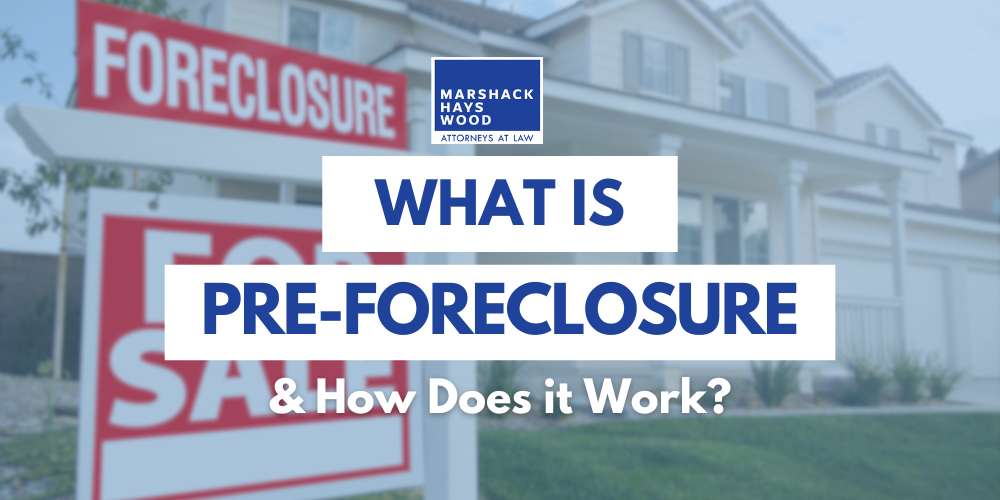Everything You Need to Know About Preforeclosure
If you find yourself facing the distressing prospect of pre-foreclosure in Orange County, you’re not alone. At Marshack Hays Wood LLP, we understand the overwhelming challenges that come with this situation. Pre-foreclosure can be a daunting and confusing time, but it’s crucial to remember that there are options available to help you navigate through it.
We can help you understand what pre-foreclosure entails, what steps you can take to mitigate its effects, and how our experienced bankruptcy law firm in Orange County, CA can provide you with the support and guidance you need during this difficult time.
To schedule a free consultation with us, please call our office at (949) 333-7777 or reach out online today.
What Does Pre-Foreclosure Mean?
Pre-foreclosure refers to the initial stage in the foreclosure process when a homeowner has fallen behind on their monthly payments, but the lender has not yet initiated formal foreclosure proceedings. During this period, the homeowner still has the opportunity to resolve the delinquency and prevent foreclosure.
However, if the homeowner fails to take action or cannot reach a resolution with the lender, the property may proceed to foreclosure, leading to the eventual loss of the home through auction or repossession by the lender.

Pre-Foreclosure Meaning in Real Estate
For a real estate agent, pre-foreclosure is the initial phase of the foreclosure process when a property owner has defaulted on their mortgage payments, but the lender has not repossessed the property. During this stage, the homeowner is typically given a grace period to catch up on missed payments or negotiate with the lender to avoid foreclosure.
Pre-foreclosure presents an opportunity for homeowners to sell their property before it goes into foreclosure, often through a short sale, in order to satisfy the outstanding debt and prevent further financial repercussions.
Pre-Foreclosure vs Foreclosure
Pre-foreclosure and foreclosure are two distinct stages in the process of a property being repossessed by the lender due to missed payments. The pre-foreclosure period is the initial phase when the homeowner has fallen behind on payments, but the lender has not initiated formal foreclosure proceedings.
Foreclosure is the legal process by which the lender takes possession of the property and sells it to recover the outstanding debt owed by the homeowner. Foreclosure occurs after the pre-foreclosure period has elapsed, and the homeowner has not been able to resolve the delinquency.
How Does Pre-Foreclosure Work?
Pre-foreclosure occurs when a homeowner falls behind on mortgage payments, prompting the lender to issue a Notice of Default (NOD) or Notice of Lis Pendens (NLP) to the homeowner. During this stage, the homeowner can catch up on missed payments, negotiate with the lender, or sell the property through a short sale to satisfy the debt.
If the homeowner cannot resolve the delinquency during pre-foreclosure, the property may proceed to foreclosure, leading to a potential auction or repossession by the lender.
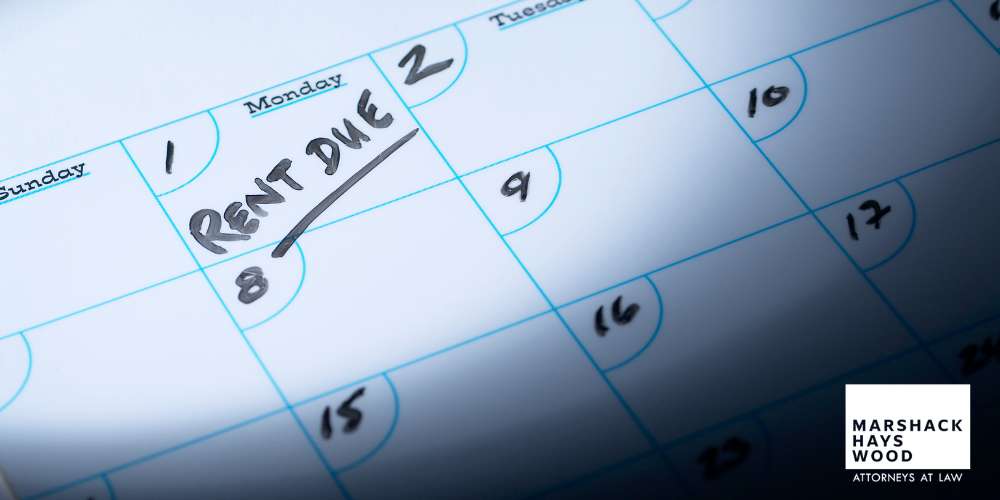
The Foreclosure Process
Foreclosure proceedings typically begin when a homeowner falls behind on mortgage payments.
Notice of Default on Monthly Mortgage Payments
After a certain period of delinquency, which varies by state and lender, the mortgage lender will issue a Notice of Default (NOD) to the homeowner, informing them that they are in danger of losing their home due to non-payment.
If the homeowner is unable to resolve the delinquency during pre-foreclosure, the property may proceed to foreclosure. In this stage, the lender takes legal action to repossess the property and sell it to recover the outstanding debt.
Home Sale or Auction
During the foreclosure sale or auction, the property is sold to the highest bidder, either at a public auction or through a private sale, depending on state laws and lender preferences. The proceeds from the sale are used to satisfy the mortgage debt, including any fees and expenses incurred during the foreclosure process.
If the property is sold for more than the outstanding debt, the homeowner may receive any excess funds. However, if pre-foreclosure listings are sold for less than the amount owed, the homeowner may still be responsible for the remaining balance unless state laws provide for anti-deficiency protections.

Advantages and Disadvantages of Pre-Foreclosure
One advantage of pre-foreclosure is that it provides homeowners with an opportunity to take action and avoid foreclosure altogether. During this stage, homeowners can negotiate with their lenders, explore options such as loan modifications or repayment plans, or even sell the property through a short sale to satisfy the debt.
Additionally, pre-foreclosure allows homeowners to maintain some control over the process and potentially minimize the impact on their credit score compared to a completed foreclosure.
However, pre-foreclosure also has disadvantages. It can be stressful and uncertain for homeowners, as they face the risk of losing their homes if they cannot find a satisfactory resolution with their lenders. Additionally, the pre-foreclosure process can be time-consuming, require significant effort to navigate, and affect your credit history.
Overall, while pre-foreclosure offers some opportunities for homeowners to avoid foreclosure, it also presents challenges and requires proactive action to achieve a positive outcome.
How Long is the Pre-Foreclosure Process?
The pre-foreclosure process typically lasts several months, but the exact duration can vary. Generally, a pre-foreclosure proceeding ranges from 90 days to a year or more.
How Do I Know If My Home is in Pre-Foreclosure?
You can typically find out if your home is in pre-foreclosure by checking public records such as notices of default (NOD) or notices of lis pendens (NLP) filed with the county clerk’s office. Lenders are legally required to notify homeowners when they have missed mortgage payments and enter pre-foreclosure.
Additionally, you may receive correspondence directly from your lender or a foreclosure prevention counselor informing you of your pre-foreclosure status.
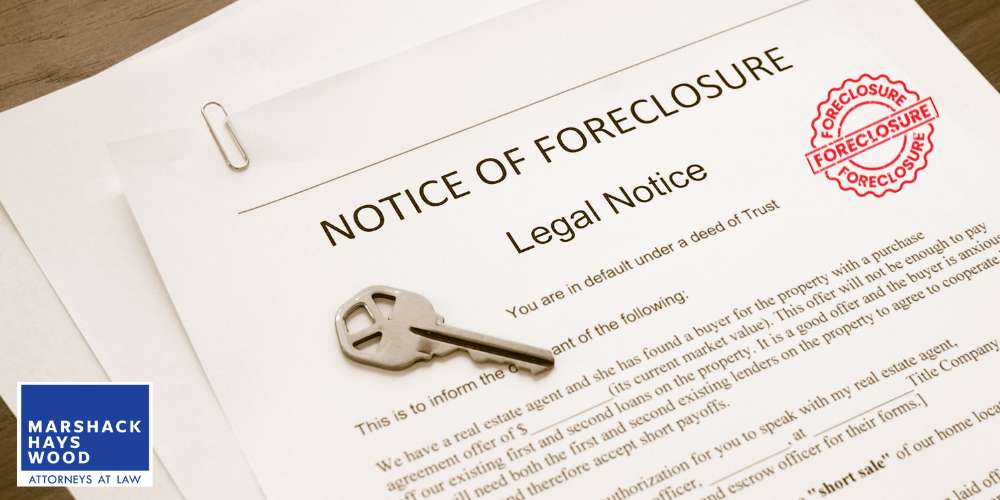
What To Do if Your Home is in Pre-Foreclosure
If your home is in pre-foreclosure, taking immediate action is crucial to explore a few options and potentially avoid foreclosure.
Loan Modification or Refinancing
One option is to contact your lender to discuss loan modification or refinancing. These alternatives may allow you to renegotiate the terms of your mortgage, such as reducing interest rates or extending the loan term, to make payments more manageable and bring your account current.
Short Sales
Another option to consider is a short sale, where you sell the property for less than the outstanding mortgage balance with the lender’s approval. While a short sale may result in the loss of your home, it can prevent foreclosure and minimize the impact on your credit score compared to a completed foreclosure.
Deed-in-Lieu of Foreclosure
Alternatively, you could explore a deed-in-lieu of foreclosure, where you voluntarily transfer ownership of the property to the lender to satisfy the debt. This option may be suitable if you are unable to sell the property through a short sale and want to avoid the foreclosure process after the lender files a notice of default.
File for Bankruptcy
Lastly, homeowners facing foreclosure could file Chapter 13 bankruptcy. It may provide an opportunity to halt foreclosure proceedings and restructure your debts through a court-approved repayment plan. Bankruptcy can offer temporary relief and allow you to catch up on missed mortgage payments while keeping your home.
How to Get Out of Pre-Foreclosure
To get out of pre-foreclosure, homeowners facing financial hardship can explore various options, such as negotiating with their lender for loan modification or refinancing, selling the property through a short sale, pursuing a deed-in-lieu of foreclosure, or filing for bankruptcy.
Taking proactive steps to address delinquencies, communicate with lenders, and seek assistance from foreclosure prevention counselors or legal professionals can help homeowners navigate the pre-foreclosure process and potentially avoid foreclosure altogether.
Pre-Foreclosure FAQs
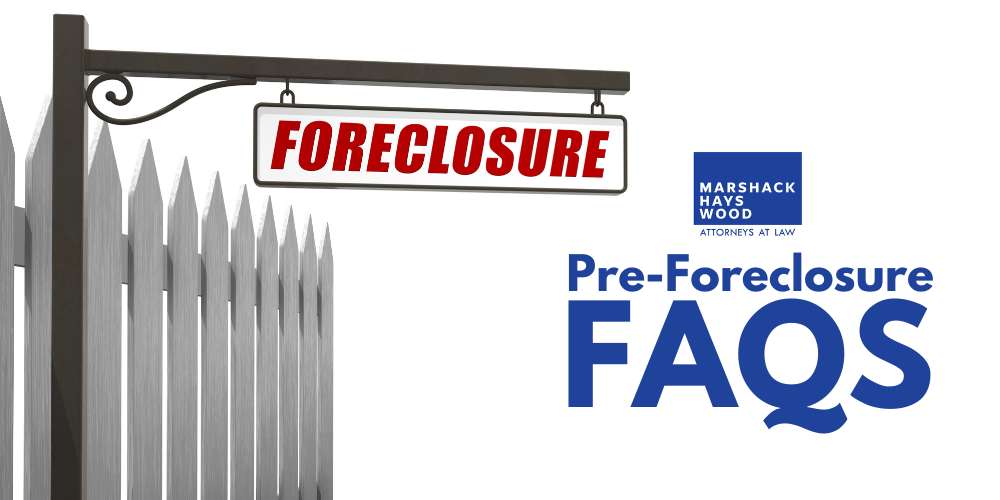
What are Pre-Foreclosure Homes?
Pre-foreclosure homes are properties that are in the initial stages of the foreclosure process due to the homeowner’s failure to make mortgage payments. These homes are typically listed for sale by the owner or through real estate agents during the pre-foreclosure period, which provides an opportunity for potential buyers to purchase the pre-foreclosure property before it goes into foreclosure.
How Does it Work When You Buy a Pre-Foreclosure Home?
When you buy a pre-foreclosure home, you typically negotiate directly with the homeowner, who is still the legal owner of the property. The homeowner is often motivated to sell quickly to avoid foreclosure, but the sale must satisfy the outstanding mortgage debt.
Buyers can negotiate a purchase price with the homeowner, conduct inspections, and secure financing. Often, these homes are sold for lower than their market value.
How to Buy a Pre-Foreclosure Home?
Aside from negotiating with the homeowner, real estate investors may also purchase pre-foreclosure homes through a short sale. This is where the lender agrees to accept less than the full amount owed on the mortgage.
Can You Buy a Pre-Foreclosure Home With a Loan?
Yes, you can buy pre-foreclosure properties with a loan. Many buyers use traditional mortgage financing to purchase pre-foreclosure properties. However, obtaining financing for a pre-foreclosure home may involve additional steps and considerations compared to buying a non-distressed property.
Lenders may require proof of funds or pre-approval letters before considering an offer on a pre-foreclosure home.
What is a Pre-Foreclosure Sale?
A pre-foreclosure sale, also known as a short sale, is a real estate transaction where the homeowner sells the property for less than the outstanding mortgage balance with the lender’s approval.
This sale occurs during the pre-foreclosure stage, after the homeowner has fallen behind on mortgage payments, but before the property is foreclosed upon. The proceeds from the sale are used to satisfy a portion of the mortgage debt, and the lender typically agrees to forgive the remaining balance.
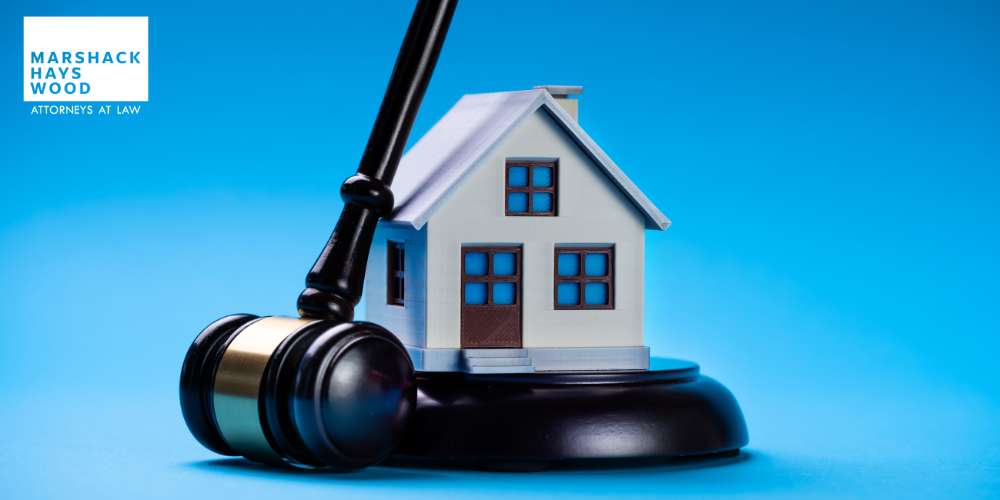
Contact Marshack Hays Wood to Take Action and Avoid Foreclosure in Southern California
As you navigate pre-foreclosures in Orange County, know that you don’t have to face this challenging situation alone. At Marshack Hays Wood, we’re here to provide you with the support, guidance, and legal experience you need to navigate pre-foreclosure with confidence.
Whether you’re exploring options to avoid foreclosure, considering bankruptcy as a solution, or seeking assistance with negotiations and legal proceedings, our dedicated team is committed to helping you achieve the best possible outcome for your financial future.
Don’t hesitate to reach out to an Orange County foreclosure lawyer on our team for a consultation and take the first step toward finding relief from pre-foreclosure worries.
Simply give us a call at (949) 333-7777 or complete our online intake form to get in touch today.
